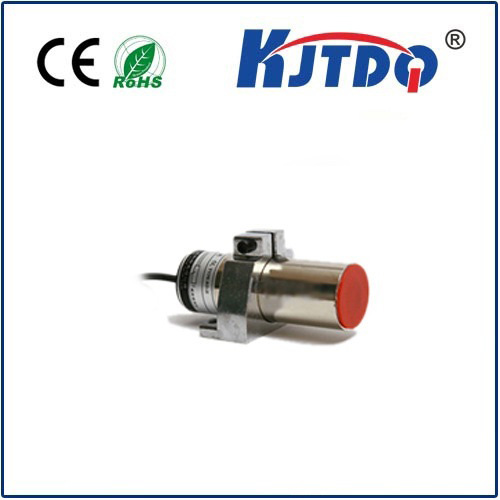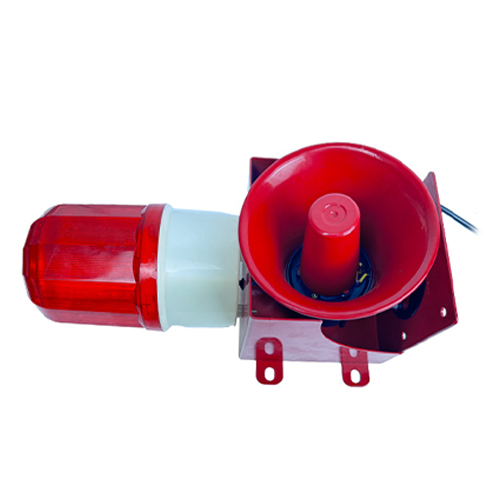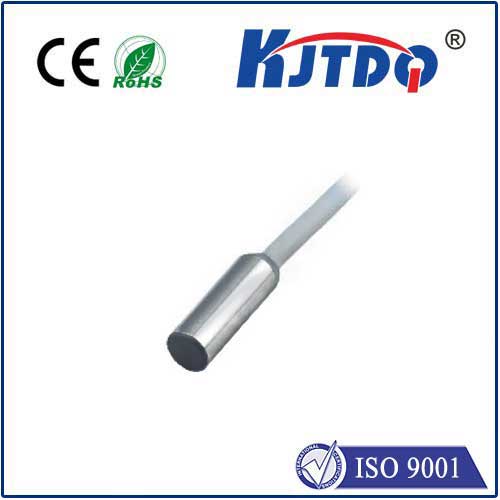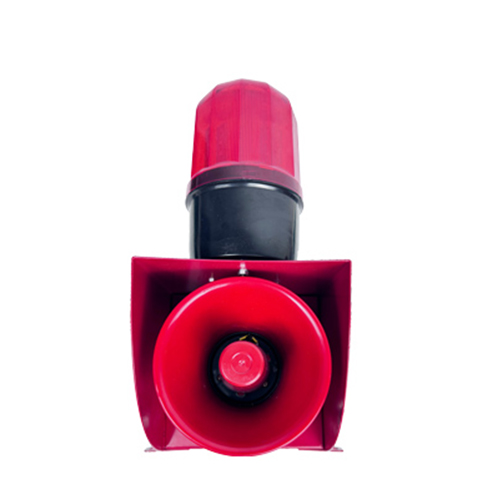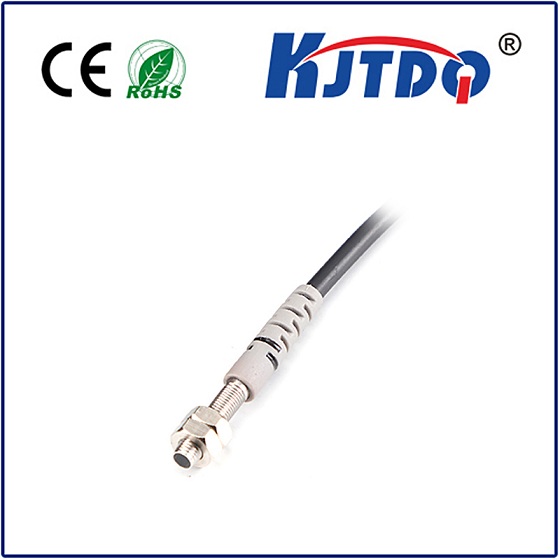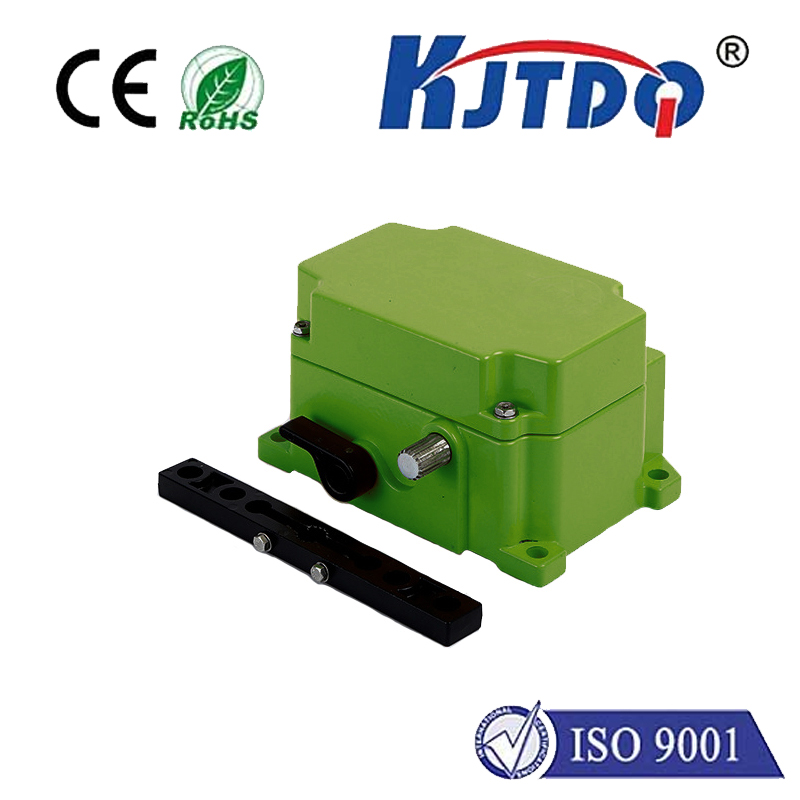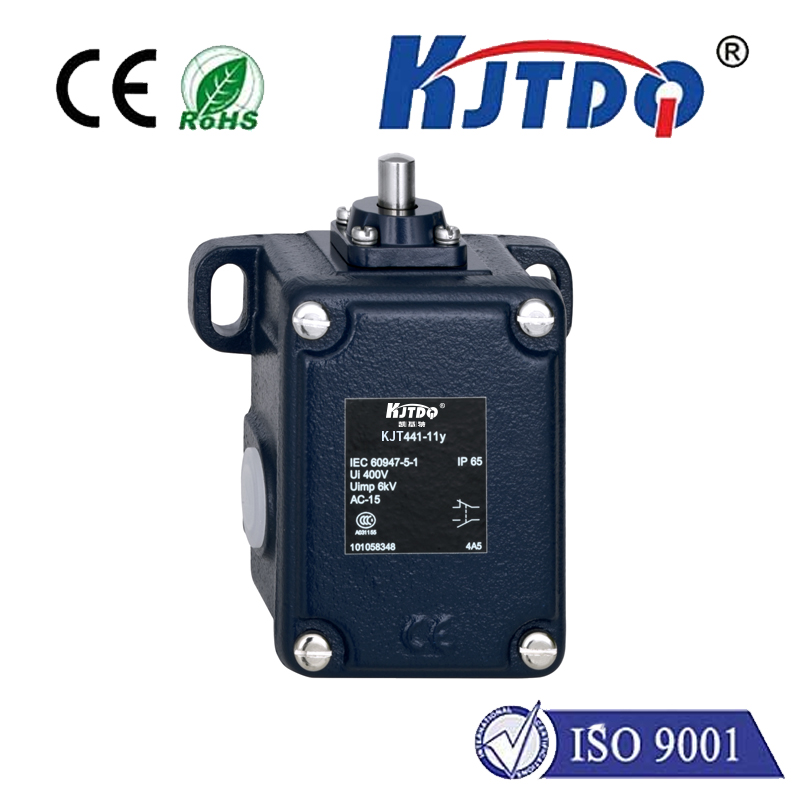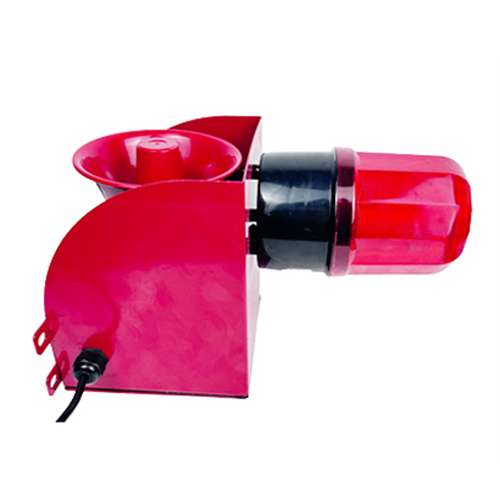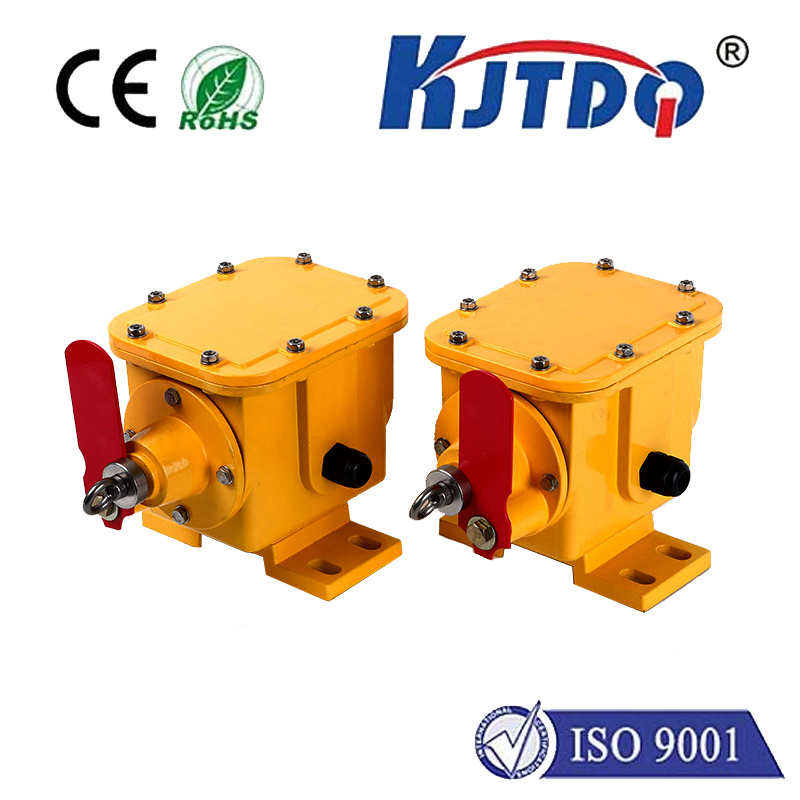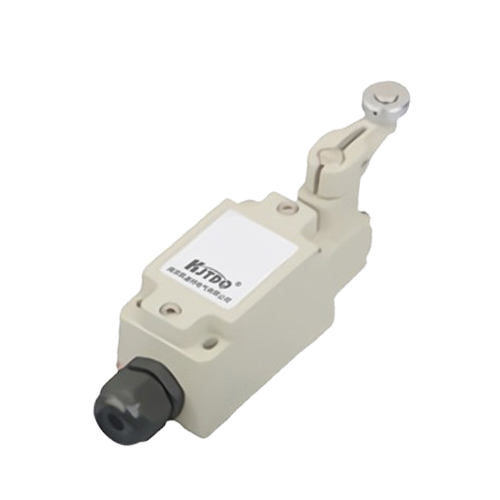

check

check

check

check

check

check

check

check

check

check
Title: The Versatility of Diffuse Photo Sensors in Modern Applications
In the ever-evolving world of technology, the diffuse photo sensor has emerged as a critical component that plays a crucial role in various modern applications. This innovative device is designed to measure the intensity of light by scattering it across different surfaces and detecting the reflected light. With its unique ability to provide accurate and consistent readings, diffuse photo sensors have become an essential tool for professionals in various fields, including automotive engineering, environmental monitoring, and medical diagnostics.

One of the primary advantages of diffuse photo sensors is their versatility. Unlike traditional photodiodes or phototransistors, which require direct exposure to light sources, diffuse photo sensors can be used in both indoor and outdoor environments, making them ideal for applications where lighting conditions are not always consistent. For instance, in automotive industry, these sensors are commonly used to detect changes in ambient light levels during the day or night, enabling vehicles to automatically adjust their headlights accordingly.
Another significant benefit of using diffuse photo sensors is their accuracy. These devices employ advanced algorithms and calibration techniques to ensure that the data they collect is precise and reliable. By measuring the amount of light scattered over a large area, diffuse photo sensors provide more accurate readings than other types of sensors that only measure light directly. This makes them highly effective for use in environmental monitoring systems, where they can help scientists track changes in air quality or detect pollution levels in real-time.
In addition to their versatility and accuracy, diffuse photo sensors also boast impressive durability. These devices are designed to withstand harsh environments and extreme temperatures, making them ideal for use in industrial settings or remote locations where traditional sensors may struggle to operate effectively. Moreover, because they rely on reflected light rather than direct exposure to light sources, diffuse photo sensors are less likely to suffer from damage caused by sunlight or other bright lights.
Despite their many benefits, there are some challenges associated with using diffuse photo sensors. For example, these devices can be more complex than other types of sensors, requiring specialized knowledge and expertise to install and maintain properly. Additionally, because they rely on reflected light rather than direct exposure to light sources, diffuse photo sensors may not work as well in situations where there is limited available light or excessive glare.
In conclusion, diffuse photo sensors offer numerous benefits for professionals working in various fields. Their versatility, accuracy, and durability make them an essential tool for applications ranging from automotive engineering to environmental monitoring and medical diagnostics. While there are some challenges associated with their use, the benefits far outweigh the drawbacks, making diffuse photo sensors a valuable addition to any technological system.
